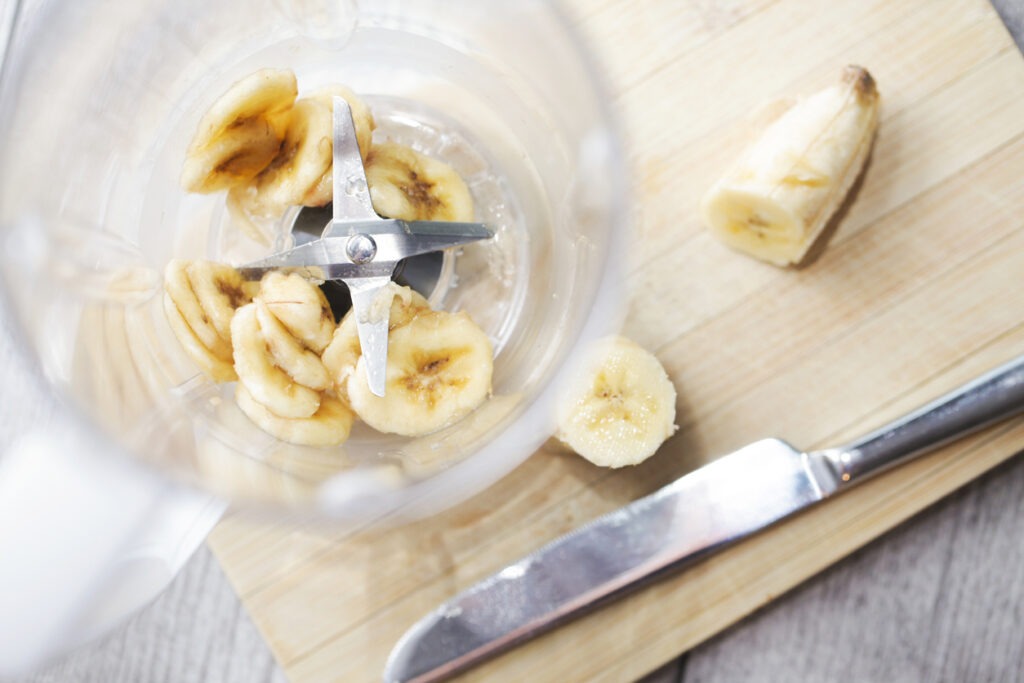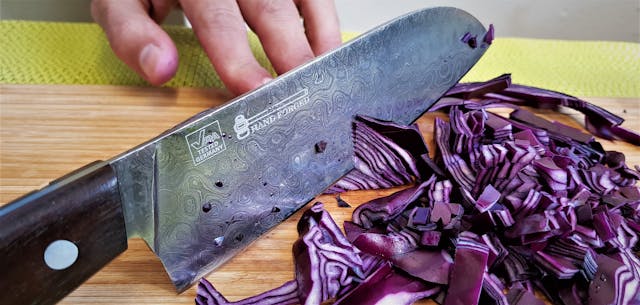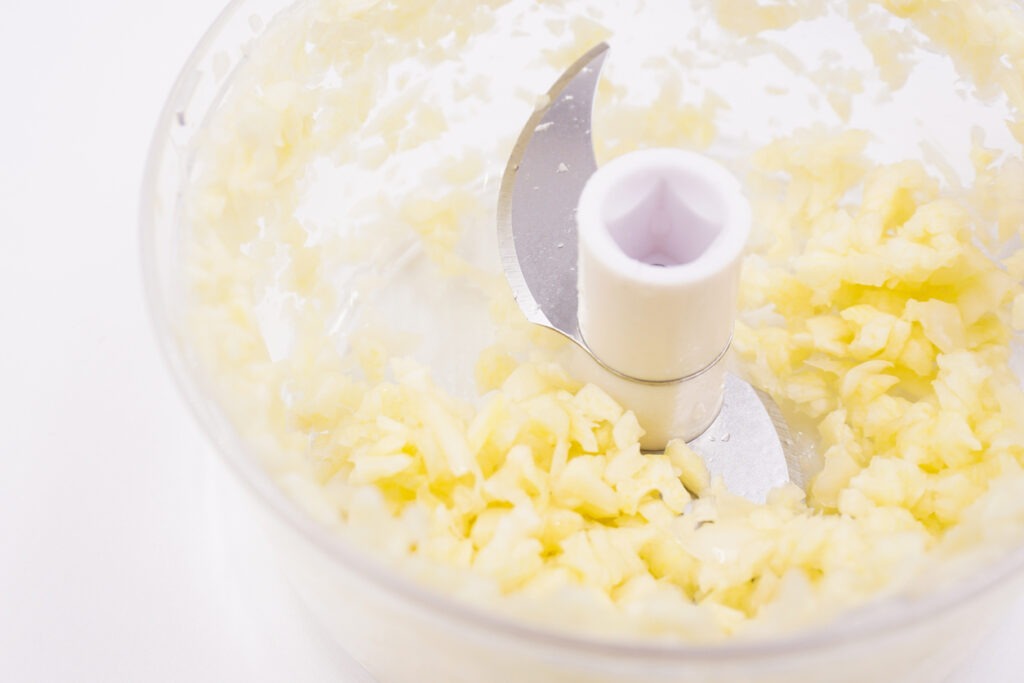Just as you’ve probably used the wrong key for a lock, you might’ve used the wrong blender blade for a specific task without realizing it. Each blade in your blender has a unique purpose, from pulverizing fruits for smoothies with cross blades to finely chopping vegetables with chopping blades.
You’re likely familiar with a few of these, but there’s more to explore. Understanding the differences can transform your blending experience, ensuring you get the perfect texture every time. Let’s uncover the roles of various blender blades and why choosing the right one matters more than you might think.
Blender Blades Explained
Understanding the different types of blender blades can significantly enhance your kitchen experience, as each is designed for specific tasks. When you’re making food, the choice of blade can make a huge difference in the texture and quality of your dish. Let’s explore the various types, excluding the cross blade which has its unique uses.
Chopping blades, with their sharp edges, are your go-to for breaking down ingredients into smaller pieces. They’re perfect for nuts or pureeing vegetables, making them a versatile tool in your culinary arsenal. Then there’s the whipping blade, designed to create light and airy textures. If you’re into making whipped cream or meringues, this blade is your best friend.
For those who love to grind, mince, or grate, the mincer or flaker grater blades are indispensable. They handle a variety of ingredients, from meat to nut butter and spices, with ease. Lastly, the ice-crushing blade is a must-have for smoothie enthusiasts and cocktail aficionados alike. Its design is focused on crushing ice finely, ensuring your drinks are perfectly chilled and smooth.
Each blade type offers unique benefits, making your blender a more versatile tool in the kitchen.
Cross Blade Uses
Having explored the variety of blender blades and their specific tasks, it’s essential to focus on the cross blade and its particular advantages in the kitchen. The cross blade, characterized by its 4 sharp blades arranged in a cross shape, is a versatile tool that enhances your blending experience. Here’s why it’s a go-to for many blending tasks:
- Blending fruits and vegetables: The cross blade is engineered for smoothly blending a wide array of fruits and vegetables, turning them into nutritious smoothies or soups.
- Crushing ice: Its robust design makes it ideal for crushing ice, ensuring your smoothies and other cold beverages achieve the perfect consistency.
- Creating creamy purees: The cross blade excels at producing creamy, smooth purees without leaving any chunks behind.
- Evenly chopping ingredients: It’s designed to chop ingredients evenly, ensuring a uniform texture in your dishes.
- Consistent blending: The creation of a vortex during blending ensures all ingredients are pulled towards the blades for consistent results.
Although it’s not ideal for blending nuts due to its small surface area, the cross blade’s efficiency in handling a variety of other tasks makes it an indispensable tool in your kitchen arsenal.
Chopping Blade Functions
Chopping blades dive into the heart of food preparation, turning cumbersome ingredients into finely tuned components of your culinary creations. These blades, designed with single-serrated edges, are your go-to tool for breaking down ingredients into smaller, more manageable pieces. Whether you’re aiming to chop nuts for a dessert, puree vegetables for a soup, or achieve a specific texture for your dish, the chopping blade is versatile enough to handle it all.
By controlling the blending speed, you can dictate the coarseness of the chopped ingredients, making the chopping blade an indispensable asset for a variety of recipes. It’s essential, however, to handle these blades with care. Their design, while aimed at ensuring optimal performance, requires attention to safety to avoid accidents during use.
Achieving consistently finely chopped ingredients is a breeze with the right chopping blade. It simplifies food preparation, allowing you to focus on the artistry of your dishes rather than the tedium of cutting and dicing by hand. Remember, the key to unleashing the full potential of your chopping blade lies in understanding its capabilities and treating it with respect for safety and performance.
Specialty Blades Overview
After exploring the versatility of chopping blades, let’s now turn our attention to the world of specialty blades, each designed to perfect specific tasks in the kitchen. Whether you’re aiming to create gourmet dishes or simply elevate your everyday meals, understanding the role of each blade can transform your culinary experience.
Here’s a quick overview of the specialty blades you should know about:
- Mincer or Flaker Grater Blades: These are your go-to for efficiently grinding meat, crafting homemade nut butter, or turning spices into fine powders.
- Whipping Blades: If airy textures are what you’re after, whipping blades will become your best friend. They’re perfect for making whipped cream, meringues, and other light desserts.
- Ice-Crushing Blades: Designed to tackle the toughest ice, these blades ensure you can enjoy smoothies and frozen cocktails with finely crushed ice.
- Cross Blades: Featuring four sharp edges in a cross formation, cross blades excel at blending fruits, vegetables, and ice, ensuring smooth, even results.
- Chopping Blades: Though we’ve touched on these before, it’s worth noting their ability to chop nuts and puree vegetables, making them a versatile tool in any kitchen.
Understanding these specialty blades will help you unlock the full potential of your blender, making your culinary creations easier and more enjoyable.
Caring for Blender Blades
To keep your blender in top condition, it’s crucial you clean its blades after every use and steer clear of harsh chemicals. Regular checks for wear or damage, combined with dry storage, will extend their life and ensure safe operation.
Cleaning Techniques
Ensuring your blender blades are clean after each use can prevent food residue buildup and guarantee smooth operation. Proper cleaning techniques are essential for maintaining your blender’s blade assembly, ensuring it remains sharp and efficient for optimal blending performance. Here’s how to keep your stainless steel blades in top condition:
- Use mild soap and warm soapy water to clean the blades thoroughly.
- Avoid submerging the blender base in water to prevent electrical issues.
- Perform regular checks and tighten the blade assembly to ensure longevity.
- Rinse and dry the blades immediately to maintain blade sharpness.
- Store the blender in a dry place to prevent rust and ensure efficient blending.
Following these simple steps will contribute significantly to your blender maintenance routine.
Maintenance Tips
Beyond keeping your blender’s blades clean, there’s more you can do to care for this crucial component. Regular maintenance not only extends the lifespan of different types of blender blades, especially those made of stainless steel, but also ensures optimal blending performance and consistent results. Here are some proper maintenance tips:
| Maintenance Task | Why It’s Important | How Often |
|---|---|---|
| Clean with mild soap & water | Prevents residue buildup, maintain sharpness | After each use |
| Check and tighten parts | Smooth operation, prevents leaks | Monthly |
| Store in a dry place | Prevent rust, extends lifespan | Always when not in use |
Choosing the Right Blade
Selecting the right blender blade is crucial for achieving the desired texture and consistency in your culinary creations. When using blenders, understanding the various blade types and their specific uses can transform your approach to blending fruits, vegetables, and other ingredients. Here’s a quick guide to help you choose:
- Cross blades are ideal for blending fruits and vegetables, offering smooth textures. However, their small surface area may not suit blending nuts.
- Chopping blades excel at chopping nuts and pureeing vegetables, allowing you to achieve different textures by adjusting the blending speed.
- Whipping blades, with their star-shaped design, are perfect for incorporating air into ingredients, creating light, fluffy textures ideal for desserts.
- Mincer blades (or flaker grater blades) are versatile, efficiently grinding, mincing, and grating meat, nut butter, spices, vegetables, and cheese.
- Ice-crushing blades are designed with serrated edges to crush ice finely, ensuring smoothies and frozen cocktails are perfectly blended.
Conclusion
In conclusion, understanding the different blender blades can revolutionize your kitchen experience. Whether you’re whipping up smoothies with a cross blade, chopping veggies with a chopping blade, or using specialty blades for tasks like mincing and grating, there’s a blade for every need.
Remember to care for your blades properly and choose the right one for your blending tasks. Embrace the versatility of blender blades and make your culinary creations easier and more efficient.






